The use of Statues in Dungeons and Dragons is an iconic part of the game. Virtually every published module has at least one statue in it. Virtually every home brewed adventure has at least one as well. Sometimes they do magical things. Sometimes they do nothing at all but decorate the tomb or castle. But statues are something that fantasy adventurers would expect to see in such places. And this is what gives the Dungeon Master their ability to place them with confidence that their adventurers will spend a lot of time investigating them.
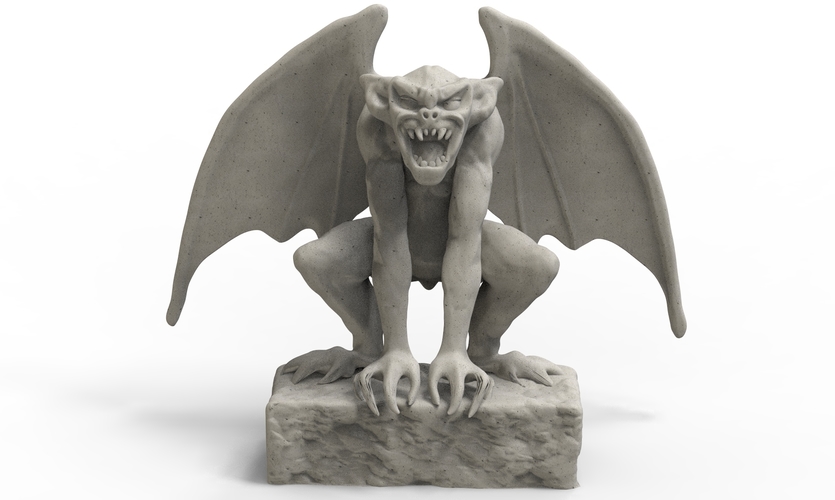
Statues in Dungeons and Dragons should be used judiciously
What I mean is that adventurers come to expect every statue to do something. Naturally, as the Dungeon Master, you should be unpredictable. Most of your statues should do nothing at all. They should be there merely for decorative purposes. They should probably be just about everywhere in dungeons, tombs, castles and other such places. Statues are placed as art. They are often used to depict important persons. Sometimes they even depict gods.Sometimes they depict powerful creatures such as Sphinx and Gargoyles. They even depict Dragons on occasion. But most should not be magical or have any special characteristics at all.
Yes. I know. I am guilty of violating this principle in my own adventures. To my eternal shame. For my own players when they explore a dungeon and find a statue they come to expect it to do something every time. And they may spend half an hour trying to figure out what it does each time they encounter one. But in some ways I am ok with this. For the players to waste time in such ways is part of the fun of being a Dungeon Master. Confusion is the purpose of tricks in Dungeons and Dragons. The players should rarely find what they expect to find.
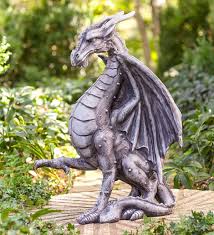
Statues in Dungeons and Dragons can be creatures
This is, of course, what most players expect when they encounter a statue in some dark catacomb or tomb. They immediately draw their swords before examining. So many published adventures have put Stone Golems or Stone Guardians in dungeons pretending to be statues that every adventurer expects it every time. That is just natural. They see it so often that they have preconceptions about them.
Sometimes the statue is just a golem standing still. Sometimes it is waiting to be animated by some occurrence in the room or dungeon. Sometimes an iron statue is actually an Iron Golem. Or sometimes a statue of a Gargoyle is not a statue at all but a Gargoyle being patient and standing totally still as they are often known to do.
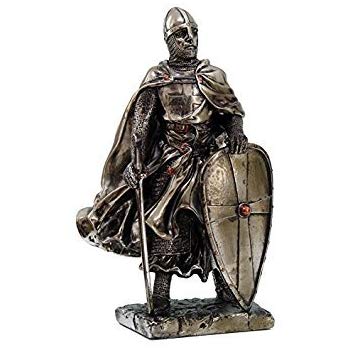
Statues in Dungeons and Dragons can be magical
In some cases a statue may have magical properties. They may animate and speak. They may ask riddles. They might provide clues. They might control aspects of the dungeon such as control of access to certain areas. Sometimes they provide rewards when adventurers answer riddles or solve certain problems or puzzles.
Some examples of magical statues that I have used in my own adventures include:
- A statue of a Gargoyle with it’s hands stretched out. By placing a gem in it’s outstretched hand the hand will close over it and the gem will disappear. Then a wall of force blocking an archway will disappear
- A statue of a Wizard with it’s hand extended as if it is casting a spell. When adventurers do something to displease it the statue fires a fireball or lightning bolt towards the offender
- A statue of a Wizard that animates and speaks riddles. Answering the riddle properly is rewarded. Answering it improperly is punished
- A statue of a Dragon that speaks and asks riddles. Rewards are given for proper answers. Poor answers result in Dragon’s breath.

Statues in Dungeons and Dragons can be puzzling
Sometimes a statue can be part of a puzzle. Perhaps parts of the statue can be manipulated resulting in some action. Some examples of this I have used in my own campaign are:
- A statue on a rotating base. It is of a wizard with a finger pointing in front of it. If the statue is rotated in the correct place of the room a secret passage opens there.
- A statue with strange elvish runes on the base of it. The runes are a riddle. If the riddle is correctly solved the players will push one of the runes and the statue sinks to the floor. Strange mechanical sounds can be heard in the distance in the dungeon. A solid wall has been lowered into the floor allowing access to a place that was previously blocked.
- The statue can be slid revealing a secret door or passage beyond
- Parts of the statue are hollow and hide important objects or treasures.
- The mouth of the statue can be opened revealing some valuable object hidden inside
- Statues often have secret panels hiding valuable objects inside them
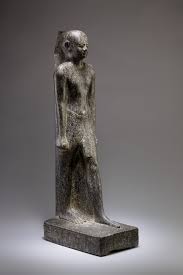
Statues in Dungeons and Dragons can be important clues
In some cases the statue itself may do nothing. But it represents very important clues as to the nature of the dungeon. A statue of a Minotaur at the entrance of a catacomb might suggest the presence of real ones there. A statue of a Dragon might suggest the same. A statue of a Paladin in the tomb of such a person might suggest some important things that the players might find in the tomb. If he is wearing armor or carrying weapons then they might expect to find those objects somewhere in the dungeon itself.
Statues often have runes and inscriptions on them. Sometimes these are poems about epic deeds done by the person or creature depicted. On occasion these are clues about what one might find later in the dungeon.
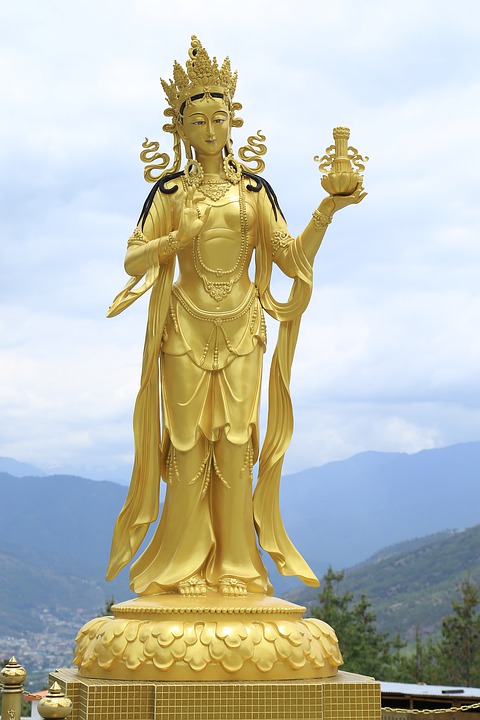
Statues can be treasure
Statues are often made of valuable materials. Solid gold and silver are frequently used. But sometimes they contain gems for eyes. Often these are trapped to prevent theft. Carrying a solid gold statue the size of a man out of a dungeon is no easy feat. They would be extremely heavy. But cutting parts of such a statue to make carrying easier might lower the value of the whole statue significantly.
Even a statue made from normal stone might be valuable treasure. Statues are art. And good art is always valuable to someone. The bigger problem is the logistics of taking it out of a dungeon and to some place where it could be sold. Will it be worth the effort? Will it bring such a price as to justify the time and work to move it? Small statues might be worth taking. Big ones probably must be left behind even if they have value.
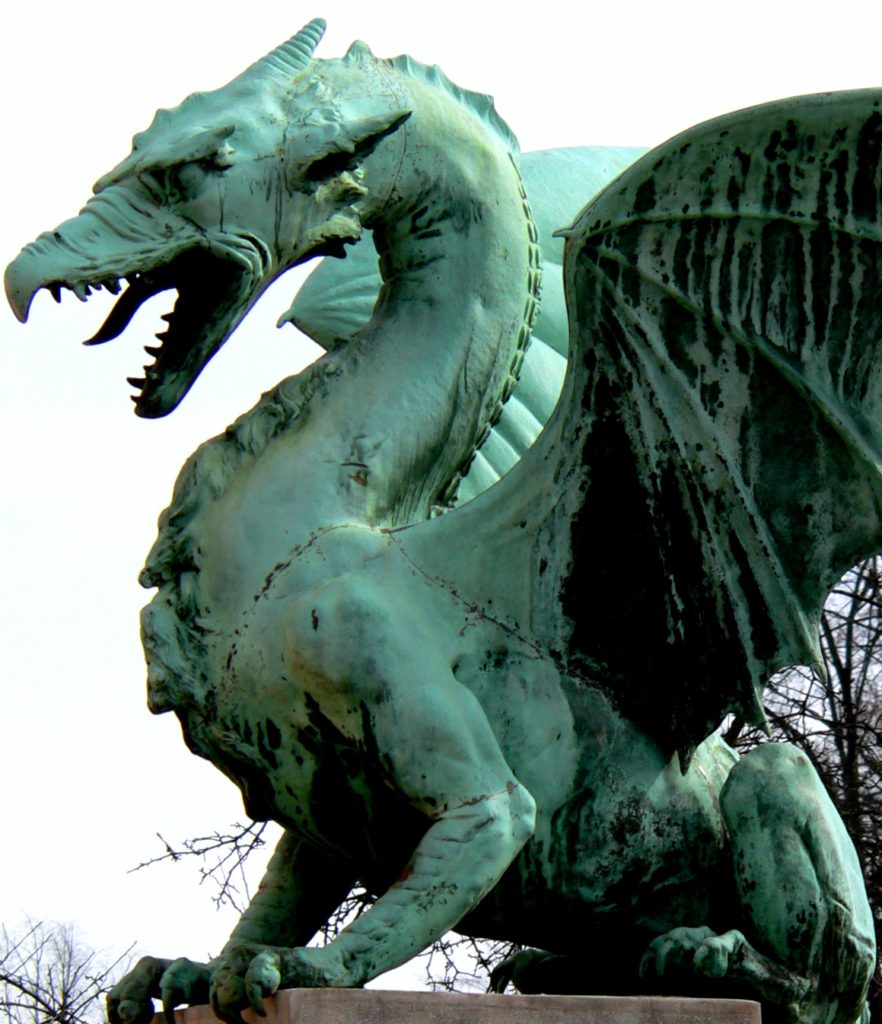
Desecration of statues can be dangerous
Defiling the statue of a god can be dangerous. Gods are unpredictable. They are easily offended. And they often exact retribution against those who insult them or defile their likeness. On rare occasions they sometimes will even appear in person to settle the matter. Or they might send minions to defend their honor.
Defiling statues of other beings in a dungeon might also be perilous. One can never be totally sure that a statue is not magical unless one has detected for magic. But even then can one be totally certain that it will not animate to defend itself once it sees the need to do so? Dungeons are unpredictable. One must be careful when exploring such places.
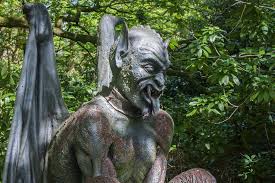
If you enjoyed this article then perhaps you might enjoy these:
- Encumbrance
- Kobolds
- Staff of Power
- Gelatinous Cubes
- Vorpal Swords
- Mimics
- Assassins
- Tomb of Horrors
- Rust Monsters
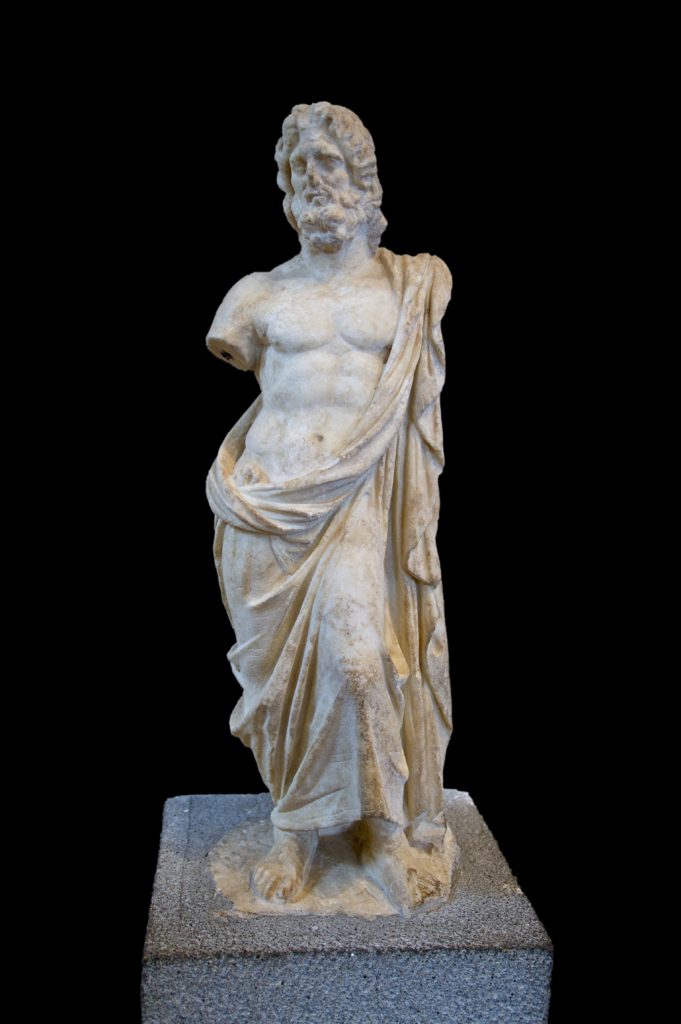


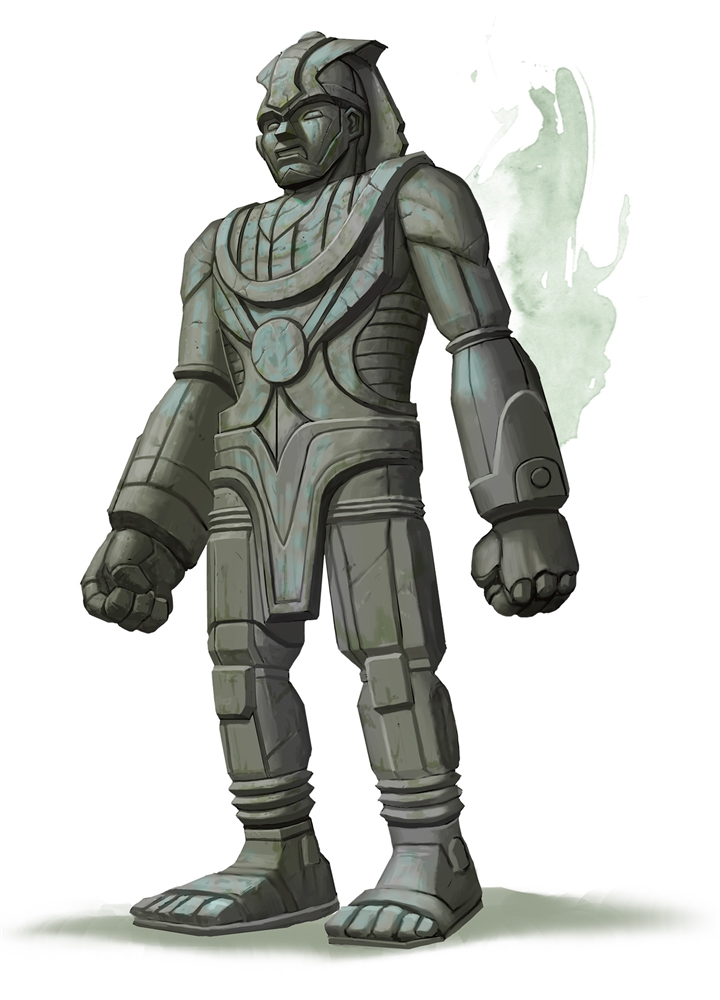
I think your advice to use judiciously is pretty sound. Statues should probably be clues, dungeon dressing, and (extremely heavy) treasure more often than they should come alive.
It’s funny to think that a statue that’s just a statue is it’s own kind of “trick” – after multiple game turns of due diligence, the players discover that the statue really doesn’t do anything.
I think the problem lies in the fact that so many published modules have used statues as “tricks” that players always expect them to be golems or something along those lines now. It is hardly a surprise for them when it turns out to be true.